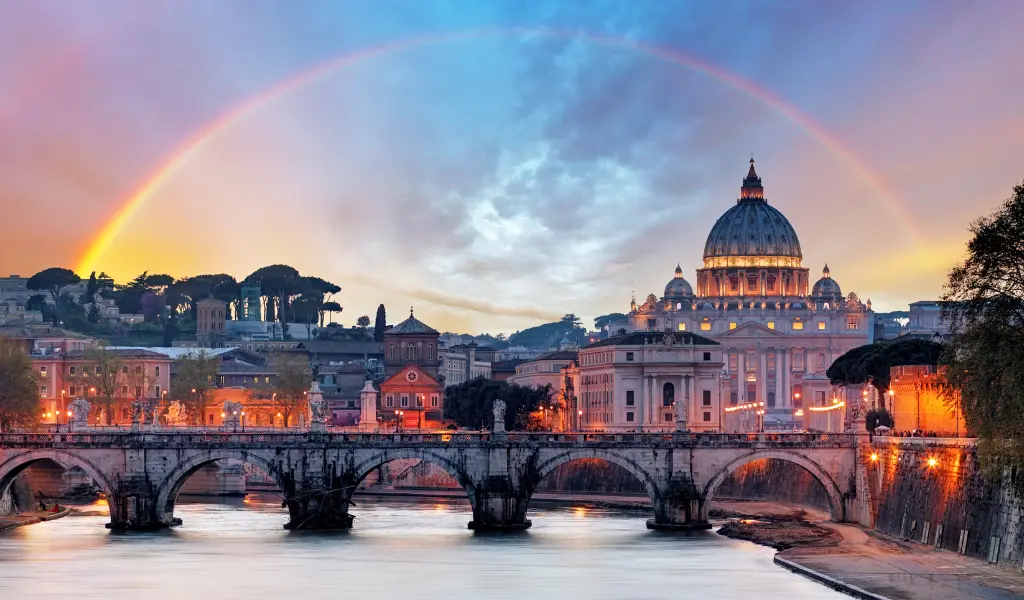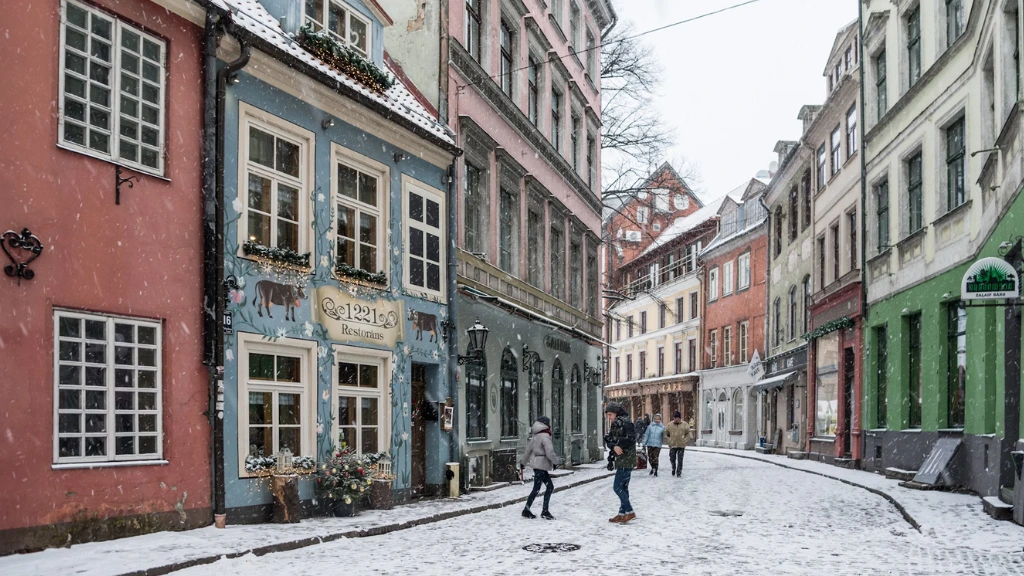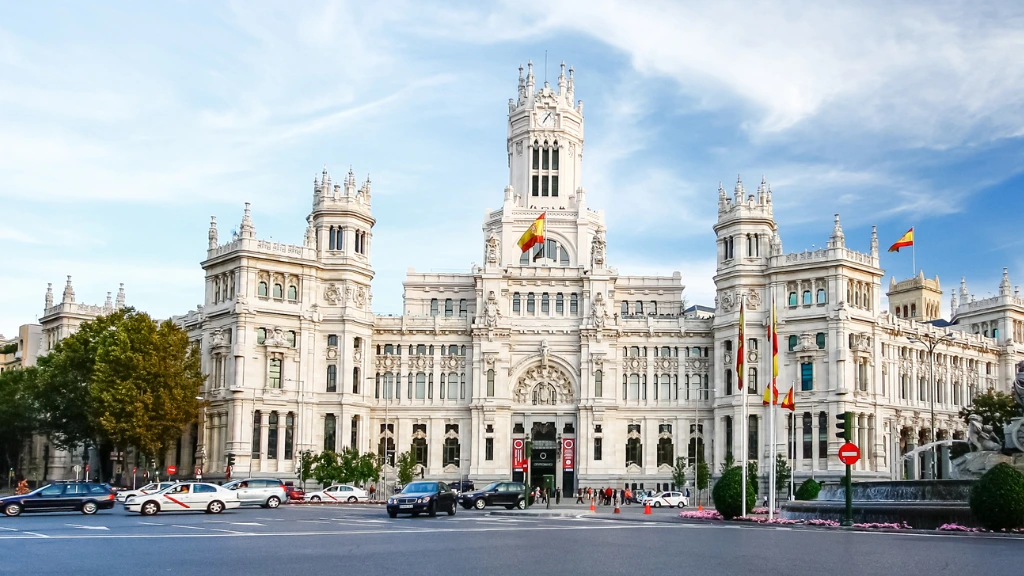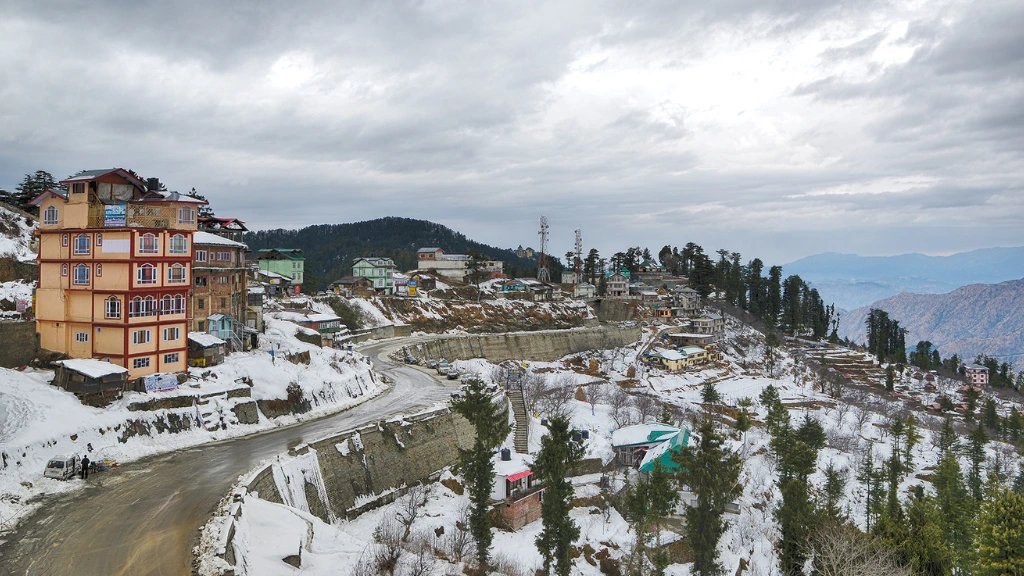Rome is a city that never fails to enchant visitors. Its timeless beauty, historic landmarks, and vibrant culture make it a popular travel destination year-round. But when is the best time to visit Rome? The answer depends on what type of experience you’re seeking.
The city’s appeal varies with the changing seasons. Whether you’re keen to experience the lively crowds of summer or prefer the quieter, cooler months for sightseeing, there’s a perfect time for every traveler. Here’s a breakdown of the best times to visit Rome, tailored to different preferences and needs.
You May Also Like: Why Sleeping in Contacts May Endanger Your Eyes

Spring: A Perfect Blend of Pleasant Weather and Fewer Crowds
Spring, from late March to May, is one of the best times to visit Rome. The weather during these months is mild, with temperatures ranging from 55°F (13°C) to 70°F (21°C). The city is lush and green, as flowers bloom in the gardens and parks.
Why Visit in Spring?
- Pleasant Weather: Comfortable temperatures, not too hot or cold, make it perfect for walking and exploring.
- Fewer Crowds: Although spring is popular, it’s not as crowded as summer, which means shorter lines at attractions like the Colosseum, Vatican Museums, and the Roman Forum.
- Festivals and Events: Easter and Easter Monday are significant events in Rome, with religious processions and special masses. The Rome Marathon, held in April, also draws many visitors.
Top Tip: To avoid the Easter crowds, plan to visit in early April or late March before the holiday rush.
Summer: Experience Rome’s Bustling Energy (But Be Prepared for the Heat)
Summer in Rome, from June to August, brings vibrant energy and long days, but it also means higher temperatures and larger crowds. Temperatures can reach up to 85°F (29°C) during the day, with heat waves pushing them even higher.
Why Visit in Summer?
- Festivals and Open-Air Events: Summer is packed with cultural events, concerts, and festivals. You can enjoy outdoor cinema festivals and music performances in historical venues.
- Longer Days: Longer daylight hours give you more time to explore, as the sun doesn’t set until around 8:30 PM.
- Vibrant Atmosphere: The city feels alive with tourists and locals alike. If you enjoy the lively, bustling atmosphere, summer is a great time to be in Rome.
Drawbacks of Summer
- Heat: The high temperatures can be overwhelming, especially in July and August. Prepare for intense sun and bring plenty of water and sunscreen.
- Crowds: Rome is at its most crowded, particularly in major tourist spots. Be prepared to wait in long lines for attractions and restaurants.
- Accommodation Prices: Due to the peak tourist season, hotel prices are typically higher.
Top Tip: If you choose to visit in summer, try to explore the main attractions early in the morning or later in the evening to avoid the hottest part of the day.
Autumn: Ideal Weather and Beautiful Fall Foliage
Autumn (September to November) is often considered the best time to visit Rome for those seeking a balance between good weather and manageable crowds. September and October offer warm temperatures (70°F to 80°F or 21°C to 27°C) before cooling down in November.
Why Visit in Autumn?
- Mild Temperatures: The summer heat fades, making sightseeing and outdoor activities more comfortable.
- Beautiful Scenery: Fall in Rome brings stunning autumn colors to the city’s gardens, parks, and vineyards. It’s the perfect time for a leisurely stroll through the Villa Borghese or along the Tiber River.
- Harvest Festivals: Autumn is harvest season in Italy, and food festivals abound. Wine lovers can also enjoy grape harvest festivals in the nearby countryside.
- Fewer Crowds: While Rome still gets plenty of tourists, it’s much quieter than in the summer months, meaning fewer crowds at attractions.
Top Tip: Visit Rome in October for the best combination of pleasant weather and minimal crowds.
Winter: Quiet and Peaceful, but Cold
Winter in Rome (December to February) can be cold, with temperatures ranging from 40°F (4°C) to 55°F (13°C), but it’s also the least crowded time to visit.
Why Visit in Winter?
- Fewer Tourists: This is the best time to experience Rome without the crowds. Major attractions like the Colosseum and St. Peter’s Basilica are less busy, and you’ll have a chance to take in the sites in a quieter atmosphere.
- Affordable Prices: Hotel rates and airfare are usually cheaper during the winter months, making it a budget-friendly time to visit.
- Christmas in Rome: December brings Christmas markets, holiday decorations, and special events. You can enjoy the festive atmosphere at Piazza Navona, where the famous Christmas market takes place.
Drawbacks of Winter
- Cold Weather: While Rome isn’t as cold as other parts of Europe, winter can still be chilly, especially in the evenings. Be sure to pack warm clothing.
- Limited Outdoor Events: Many outdoor festivals and events are not held in winter due to the cooler weather.
Top Tip: If you’re visiting during Christmas, make sure to book accommodations early as this is a popular time for religious events.
How to Decide the Best Time for You
Choosing the best time to visit Rome depends on what kind of experience you want:
- For pleasant weather and fewer crowds: Visit in spring or autumn.
- For vibrant energy and cultural events: Summer is ideal, but be prepared for crowds and heat.
- For budget travel and a quieter experience: Winter offers cheaper prices and fewer tourists, but expect cooler temperatures.
Conclusion
Rome is a city that offers something for every traveler, no matter the season. The best time to visit depends on your personal preferences and what kind of experience you’re seeking. From the lively summer months to the peaceful winter, there’s no wrong time to explore this eternal city. By understanding the advantages of each season, you can plan your trip around the experiences that matter most to you.
No matter when you go, Rome’s charm, history, and beauty will never disappoint. Make sure to plan your trip based on your ideal activities and enjoy everything this magnificent city has to offer.










